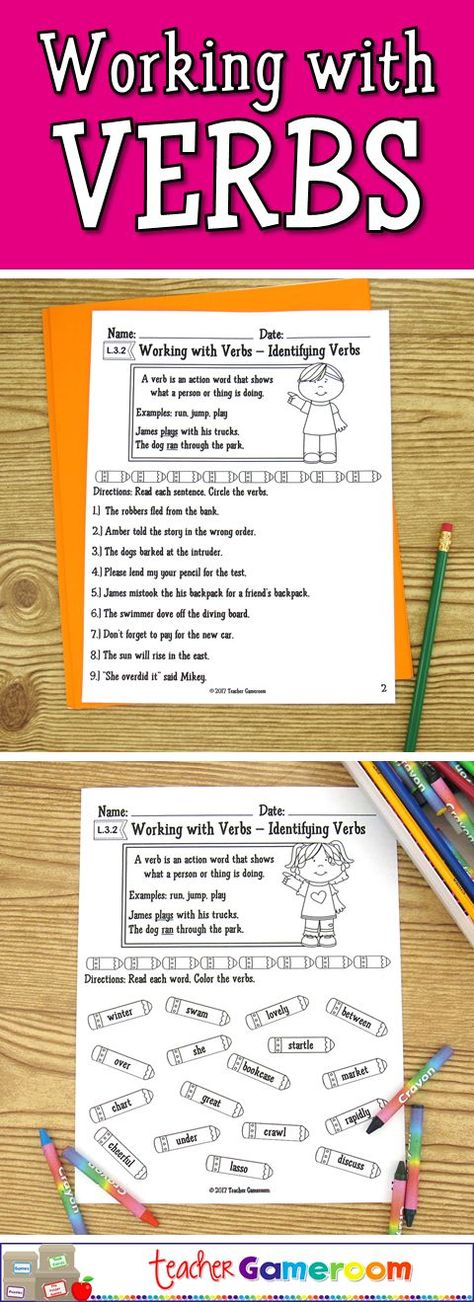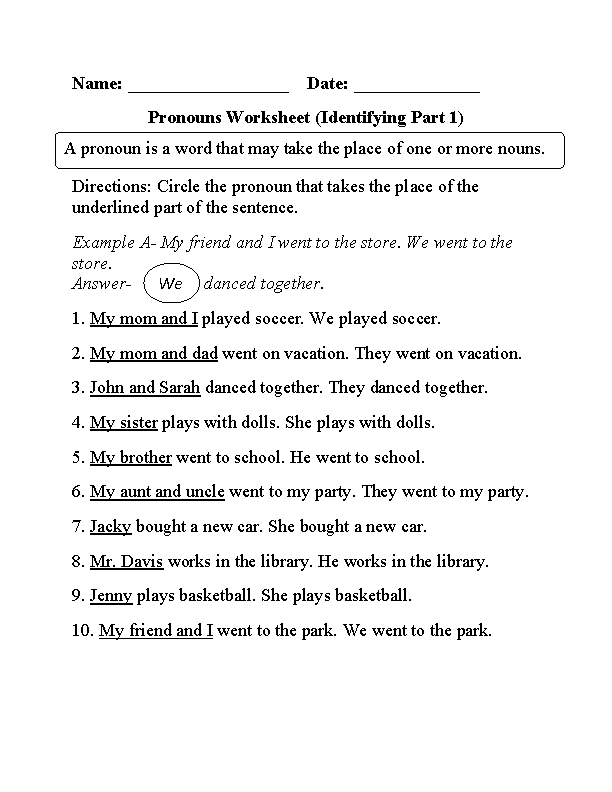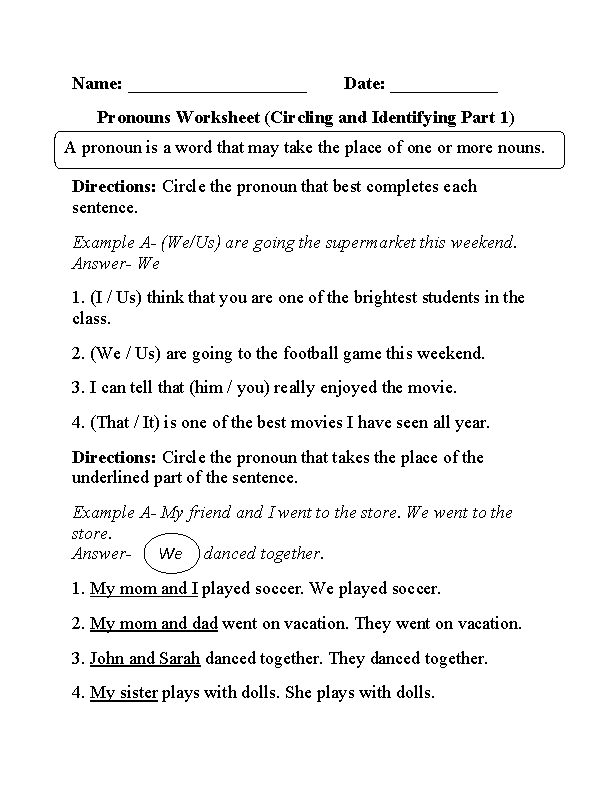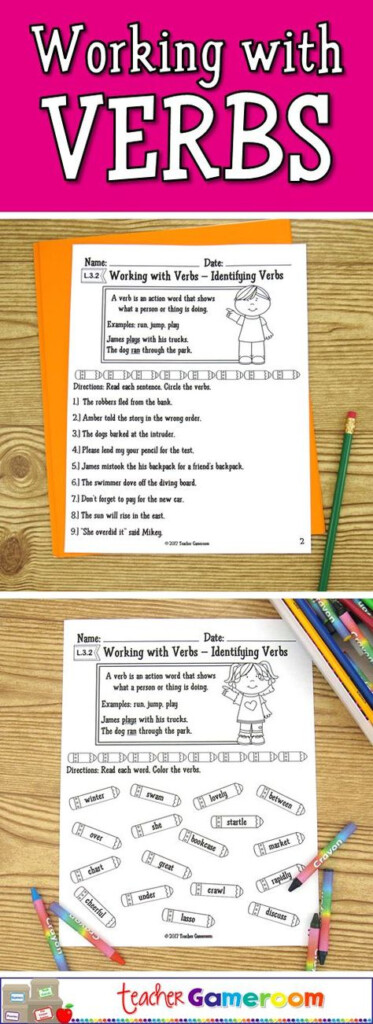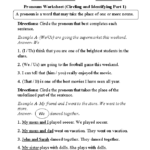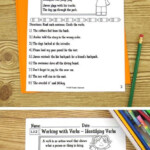Identifying Types Of Nouns In A Sentence Worksheet 3rd Grade – A compound sentence is composed of multiple independent clauses that are linked by a conjunction. These sentences are generally more readable and appealing to readers. You can use a 26-page worksheet pack for home or classroom use to practice writing these kinds of sentences. The worksheets are designed for students of all ages and can be used by teachers and parents alike.
A conjunction links compound sentences together
A coordinating conjunction joins two or more independent clauses, phrases, or words. Sometimes, it’s called a “comma splice”. A semicolon can replace a coordinating conjunction in writing. A coordinating conjunction does not necessarily make a sentence compound.
There are two types of basic compound sentences. The first type is known as a complex one, which has one independent clause and at least one dependent clause. This type of sentence uses a conjunction to join two separate clauses. It signals to the reader that both clauses have equal importance.
The second type of compound sentence uses a conjunction to link two independent clauses. The conjunction links the clauses and makes the sentence flow more natural. Although it is not necessary, it is common to separate distinct clauses within a single sentence.
They consist of two or more independent clauses
A compound sentence is a sentence that consists of two or more independent clauses. The independent clause is a complete thought, while the dependent clause is a partial one. Because they depend on the independent clauses, dependent clauses are called dependent clauses. The conjunction “but or if” is used to introduce dependent clauses.
Common compound sentences can be found in school books that you may have read for pleasure. For example, you may hear the sentence: Kate does not like to watch cartoons because they are too loud. This means that she does not like the cartoons. Hence, she does not watch them. An independent clause and a dependent clause are different because they cannot be used as a whole sentence.
To form a compound sentence, use the coordinating conjunction but to connect the two clauses. This helps the reader to understand the meanings of the two clauses, and allows for a smooth flow. However, if you don’t use a coordinating conjunction, the sentence will read like a run-on.
They need dashes
Dashes are a useful tool for punctuating sentences. Unlike brackets, which can be confusing, dashes separate two words. They serve two purposes: to emphasize additional information and separate words from the surrounding text. They can also be used to connect two ideas.
In a compound sentence, two or more independent clauses are connected by a comma or a coordinating conjunction. In a compound sentence, the dash represents the difference between the first and the second clause, and it can also indicate an interruption. However, not all compound words require hyphens. To learn how to properly use them, students can use compound sentence worksheets.
These resources were created by teachers who are experienced to ensure that they are suitable for students. They have been updated to reflect the most recent National Curriculum.
They can be used in any international curriculum
For students learning about compound sentences, worksheets on compound sentence can be a valuable resource. These sentences are more appealing to readers. They are composed of two or more independent clauses that are joined together by subordinating conjunctions. These words serve to connect independent clauses and help students understand the relationship between them. Usually, the main clause contains the more important idea, while the subordinating clause introduces the less important idea.
Complex sentences can be a great way for students to express complex ideas and add variety to their writing. Students should pay close attention to the placement of commas when writing these types of sentences. Students should proofread all work, particularly long and complex sentences. This will help them understand the meaning of the sentences they write.
